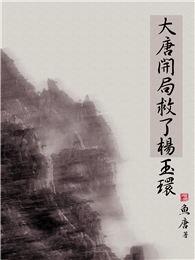Based on the author’s introductory course at the University of Oregon, Explorations in Computing: An Introduction to Computer Science focuses on the fundamental idea of computation and offers insight into how computation is used to solve a variety of interesting and important real-world problems. Taking an active learning approach, the text encourages students to explore computing ideas by running programs and testing them on different inputs. It also features illustrations by Phil Foglio, winner of the 2009 and 2010 Hugo Award for Best Graphic Novel.
Classroom-Tested Material
The first four chapters introduce key concepts, such as algorithms and scalability, and hone practical lab skills for creating and using objects. In the remaining chapters, the author covers "divide and conquer" as a problem solving strategy, the role of data structures, issues related to encoding data, computer architecture, random numbers, challenges for natural language processing, computer simulation, and genetic algorithms. Through a series of interactive projects in each chapter, students can experiment with one or more algorithms that illustrate the main topic. Requiring no prior experience with programming, these projects show students how algorithms provide computational solutions to real-world problems.
Web ResourceThe book’s website at www.cs.uoregon.edu/eic presents numerous ancillaries. The lab manual offers step-by-step instructions for installing Ruby and the RubyLabs gem with Windows XP, Mac OS X, and Linux. The manual includes tips for editing programs and running commands in a terminal emulator. The site also provides online documentation of all the modules in the RubyLabs gem. Once the gem is installed, the documentation can be read locally by a web browser.
After working through the in-depth examples in this textbook, students will gain a better overall understanding of what computer science is about and how computer scientists think about problems.











